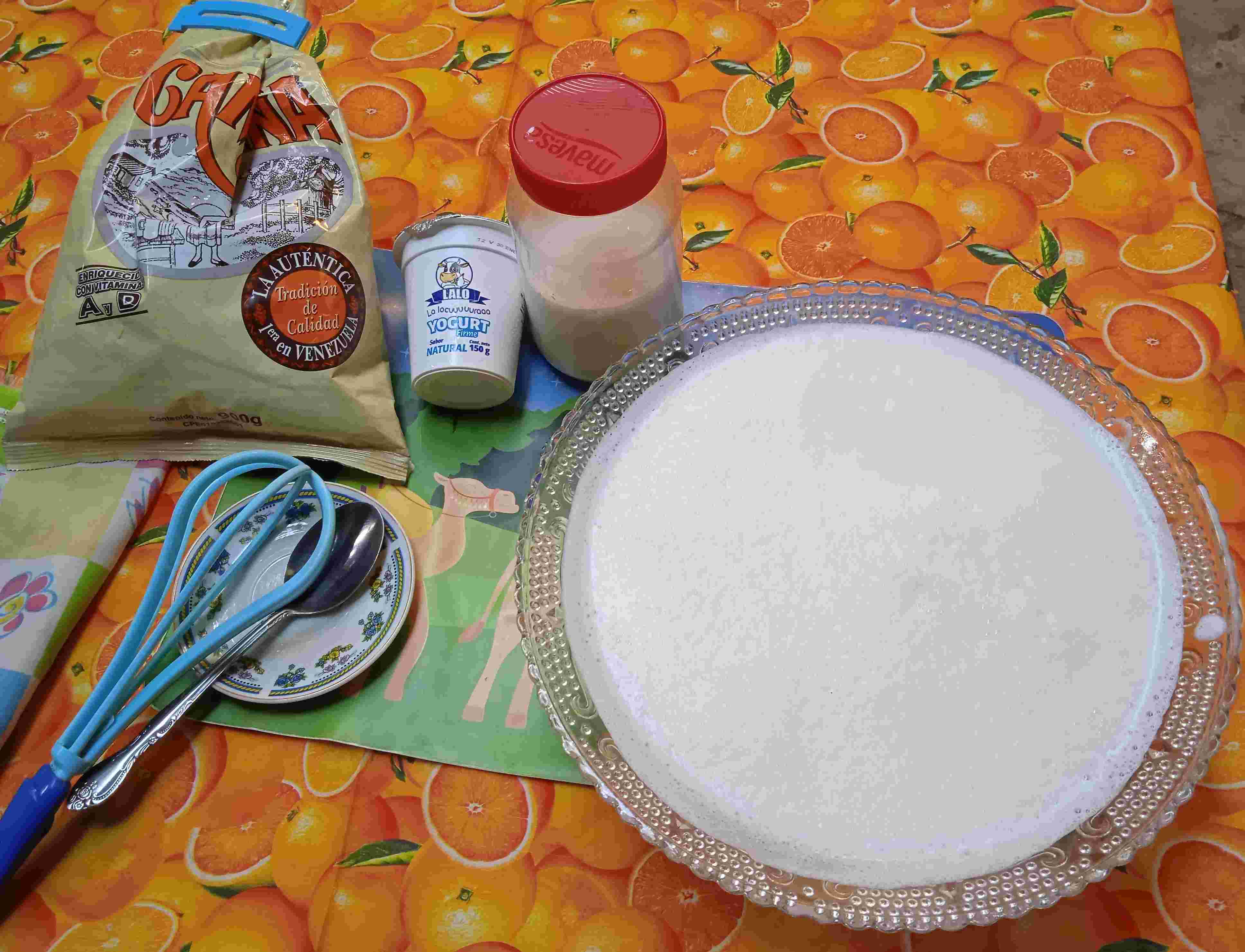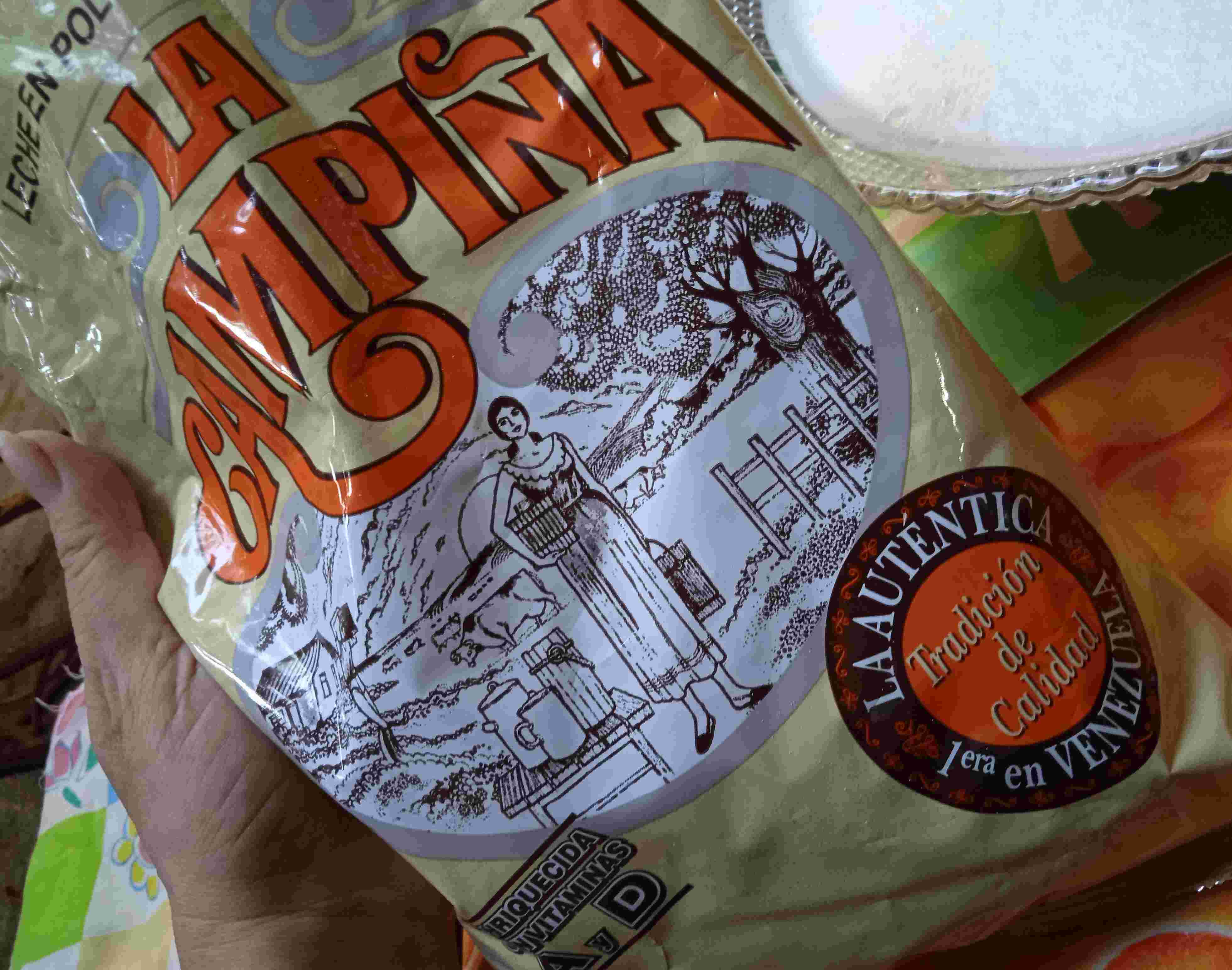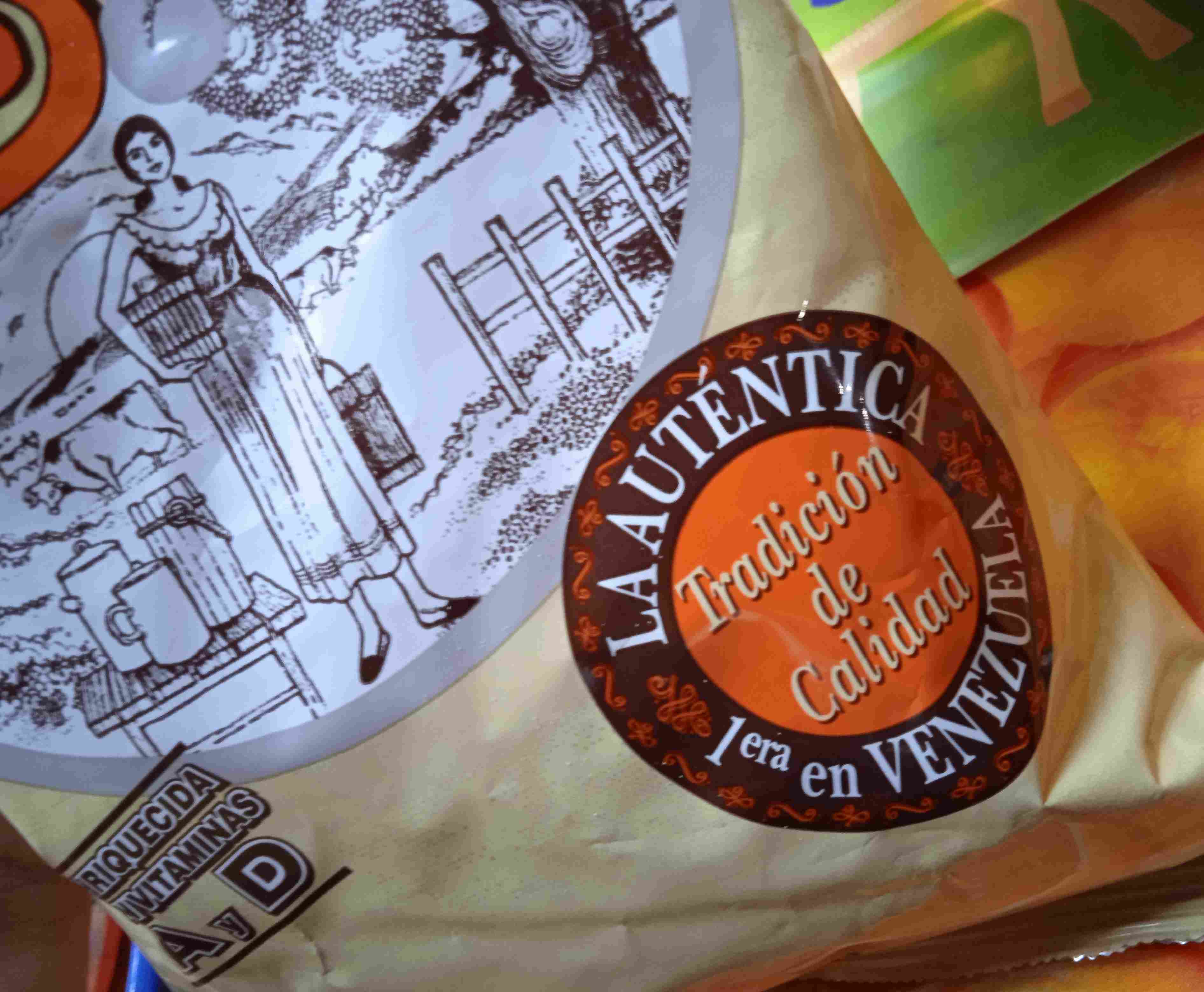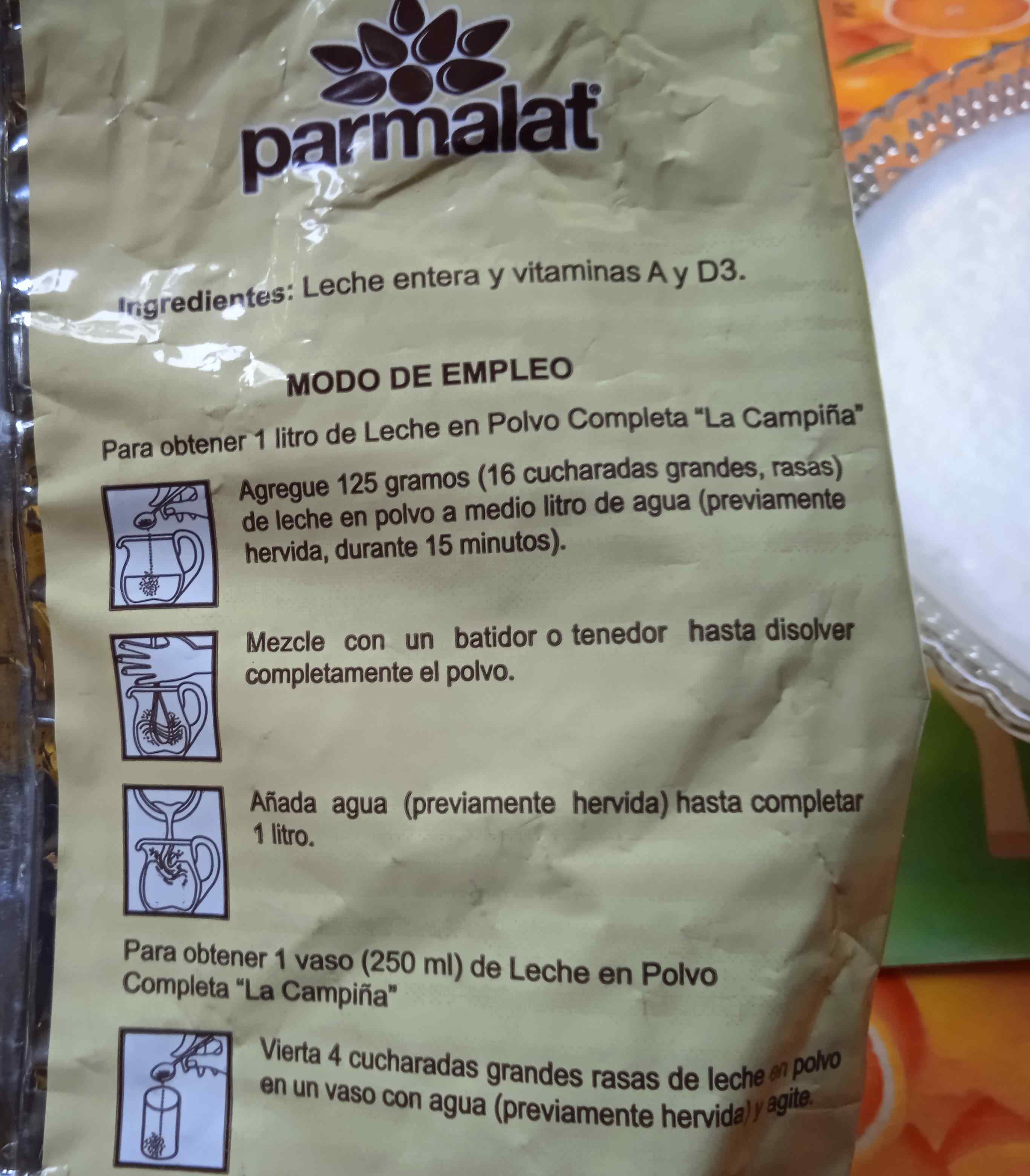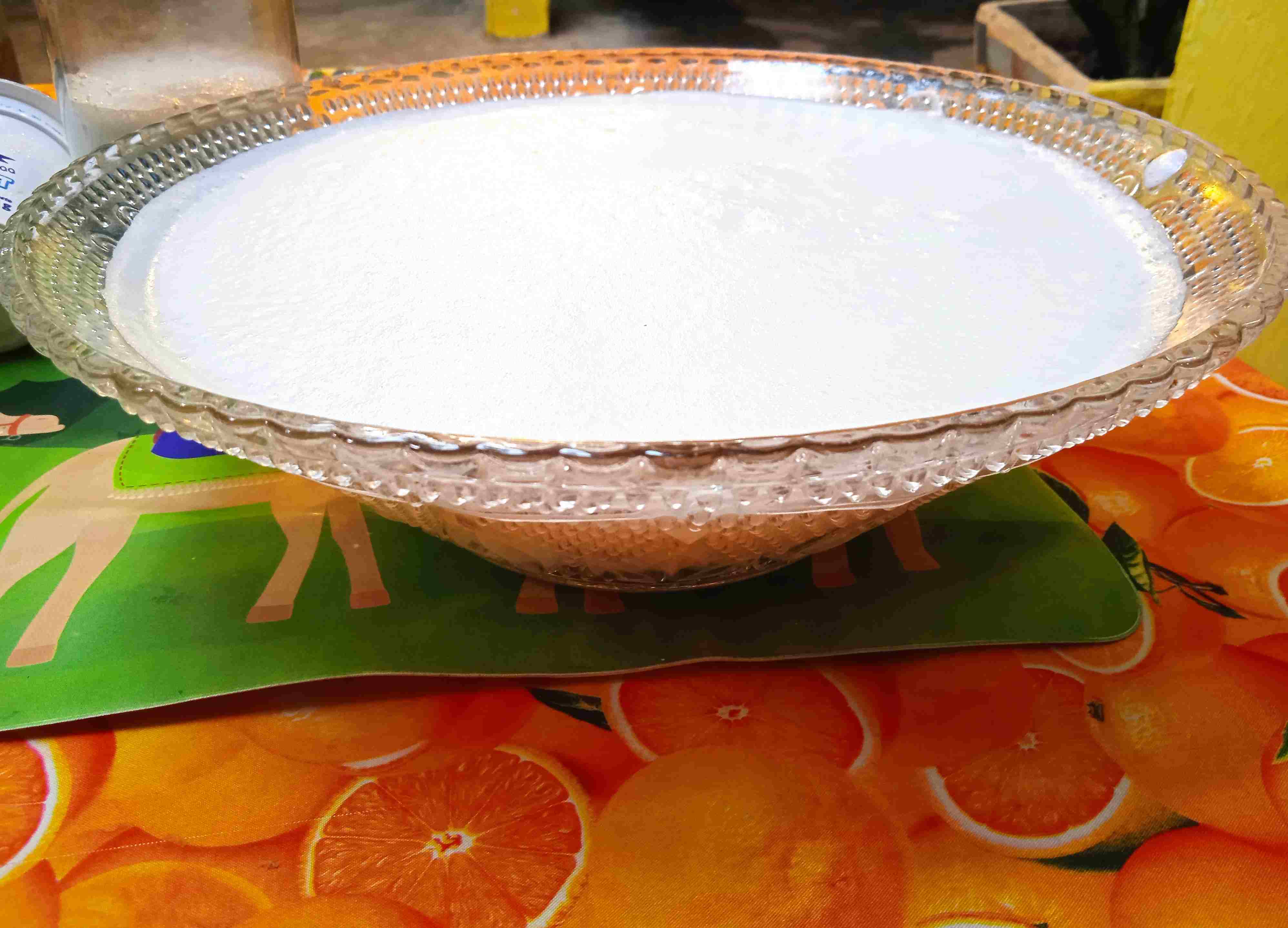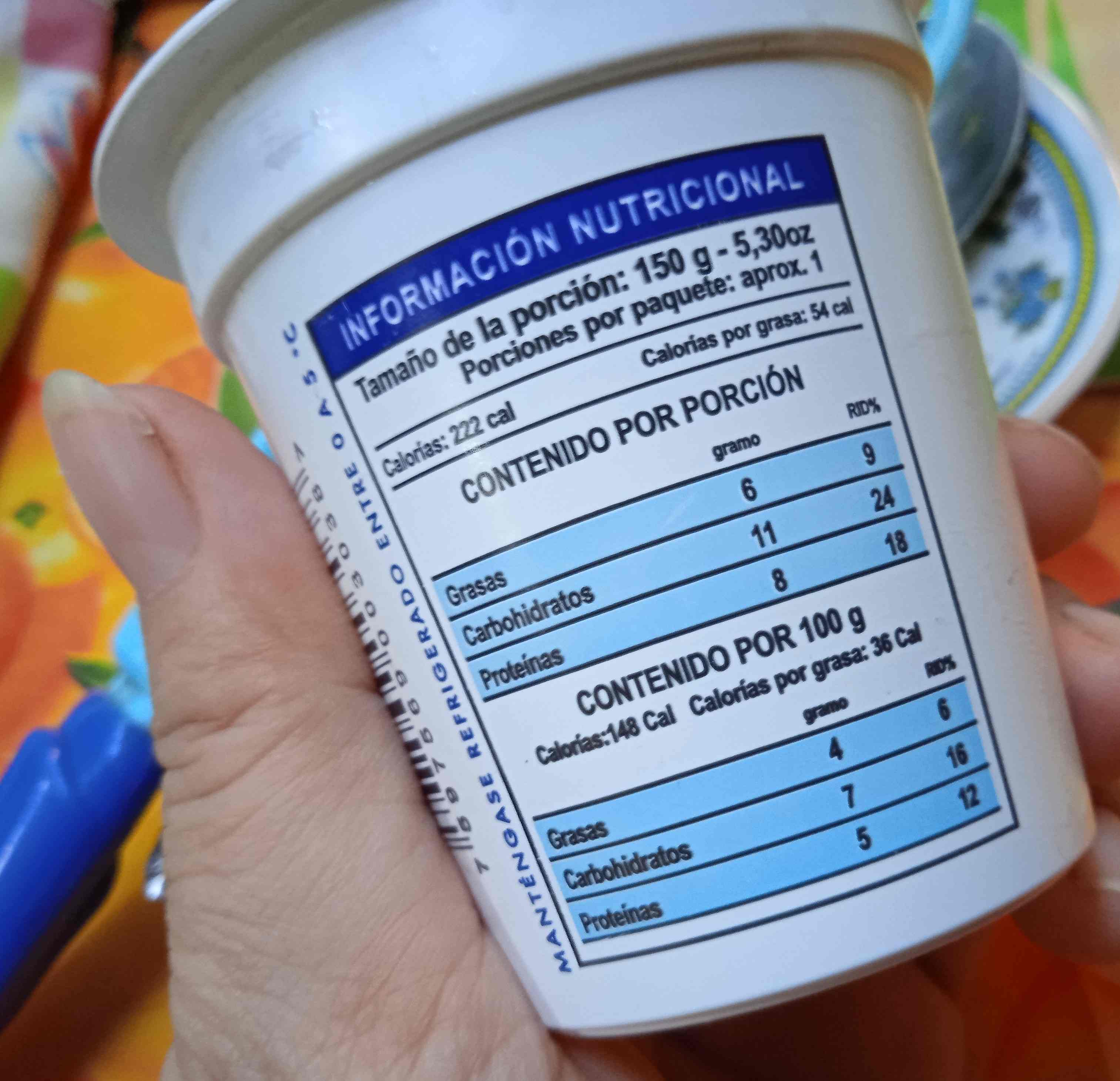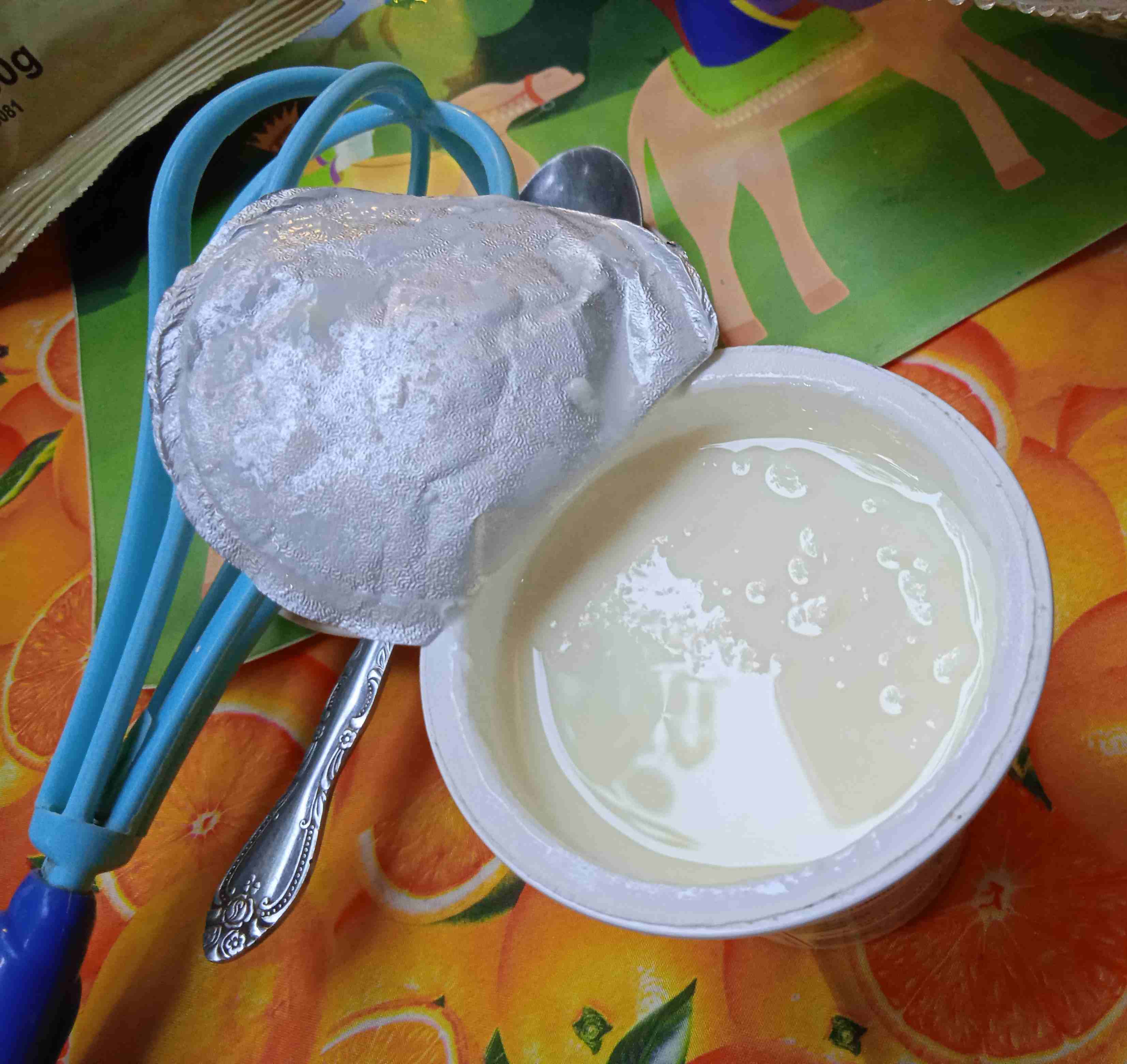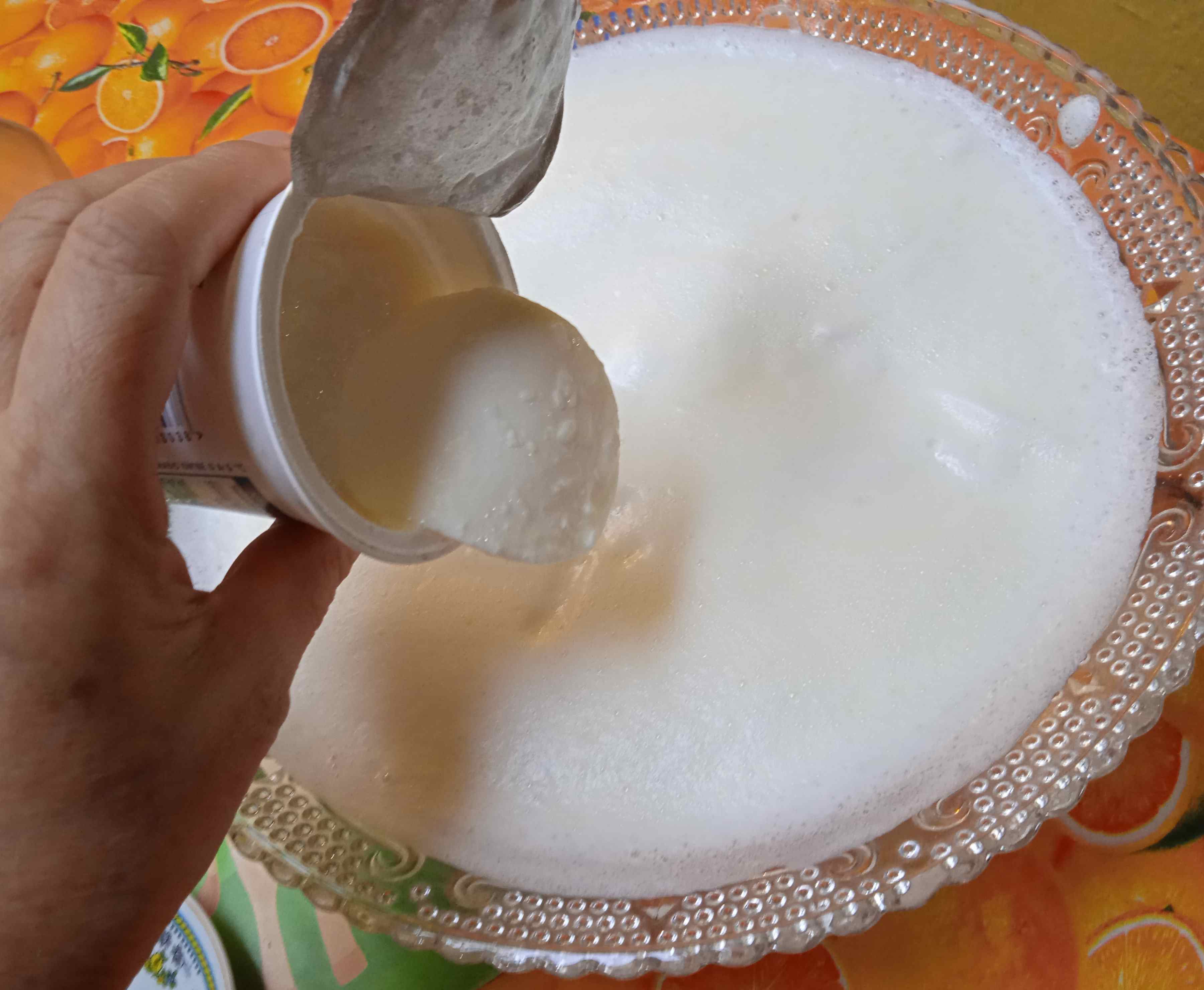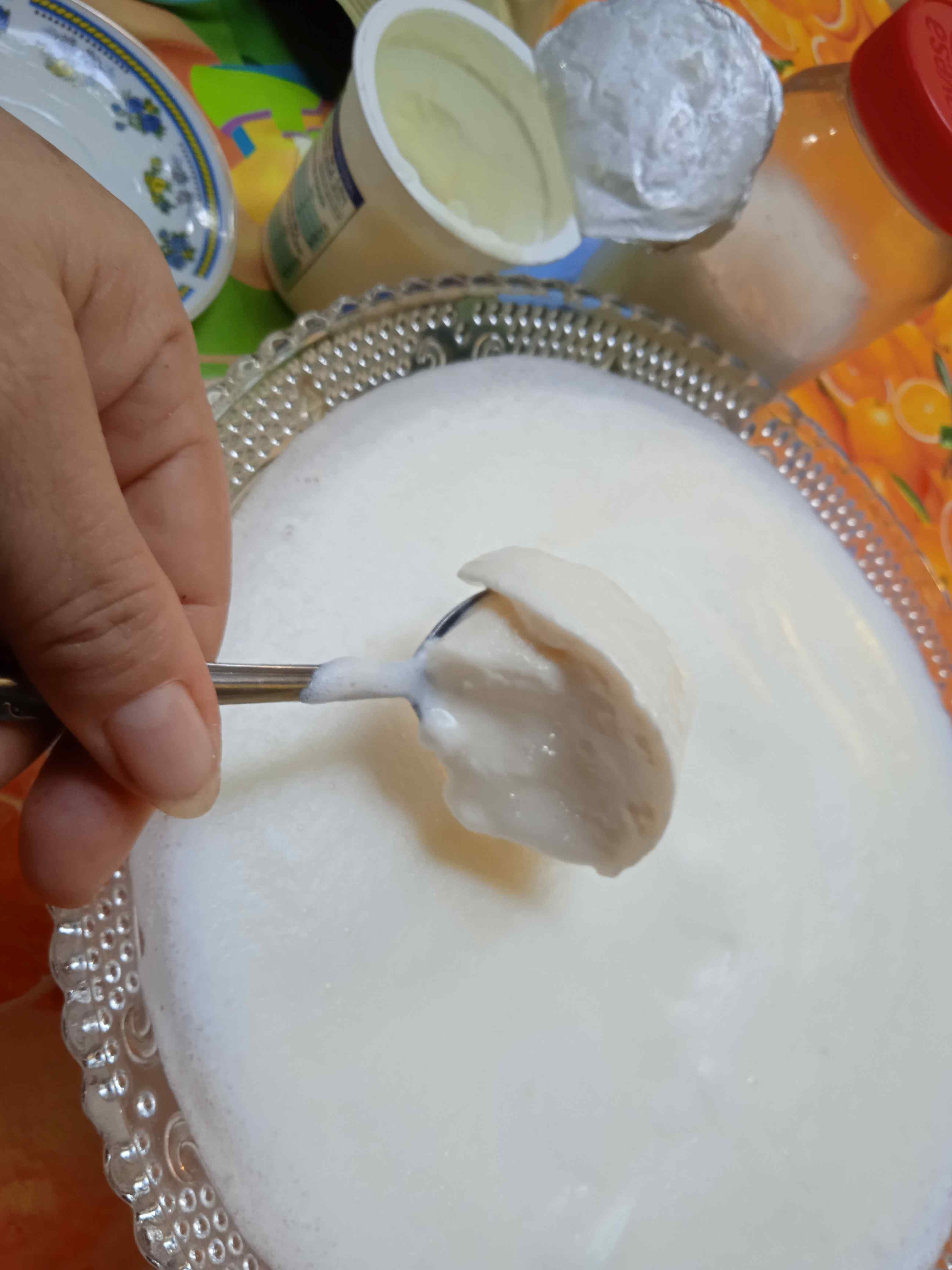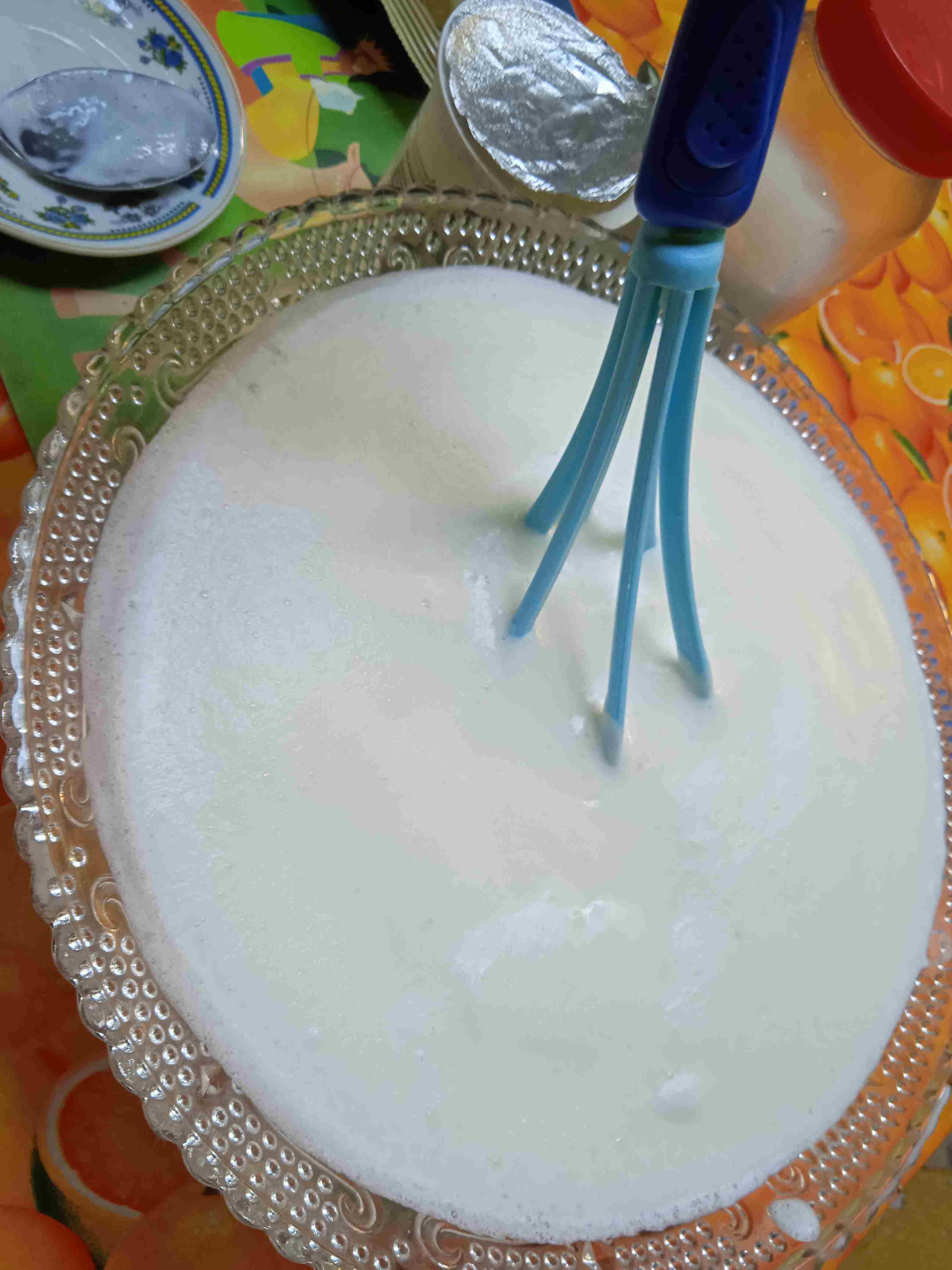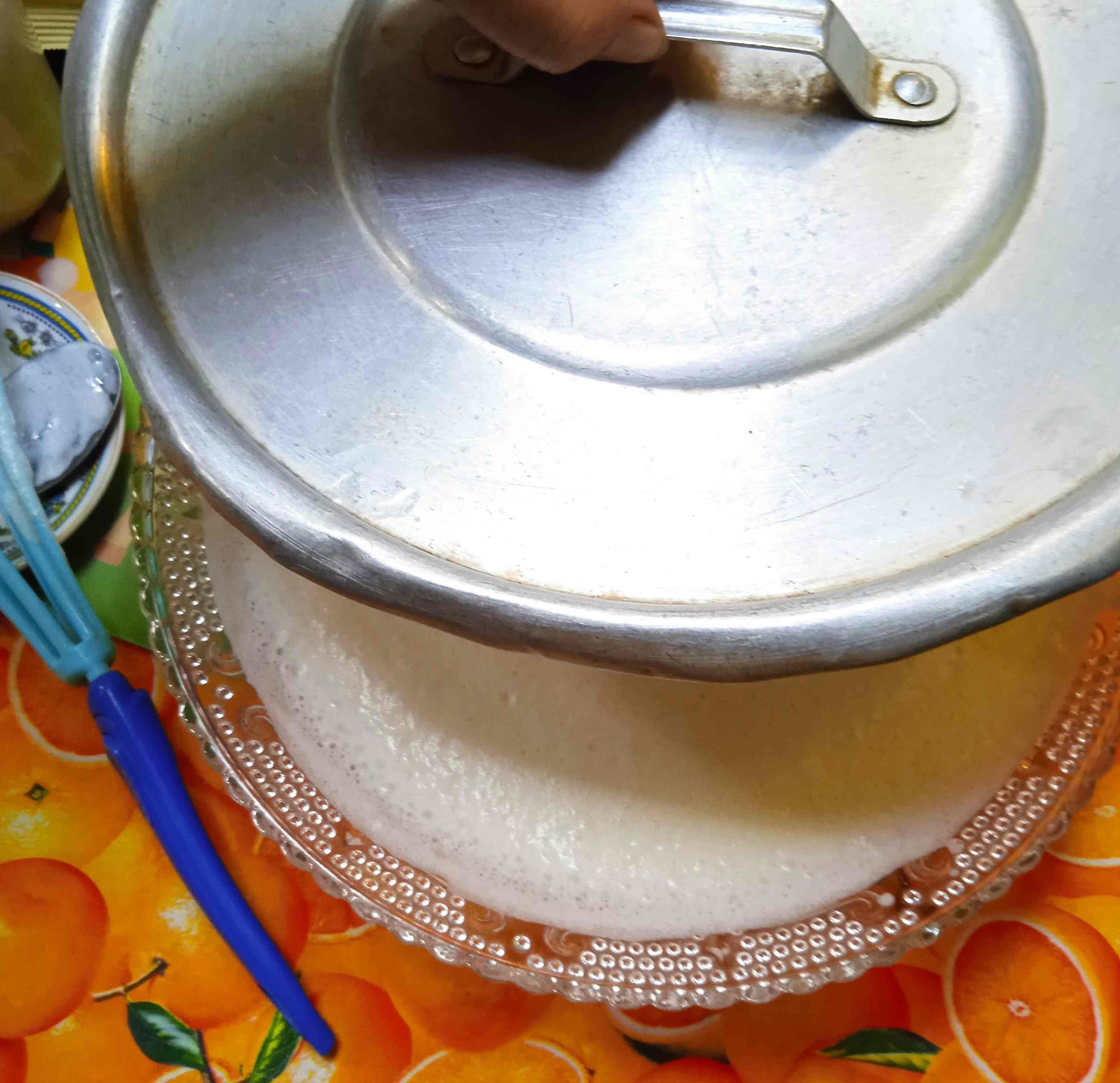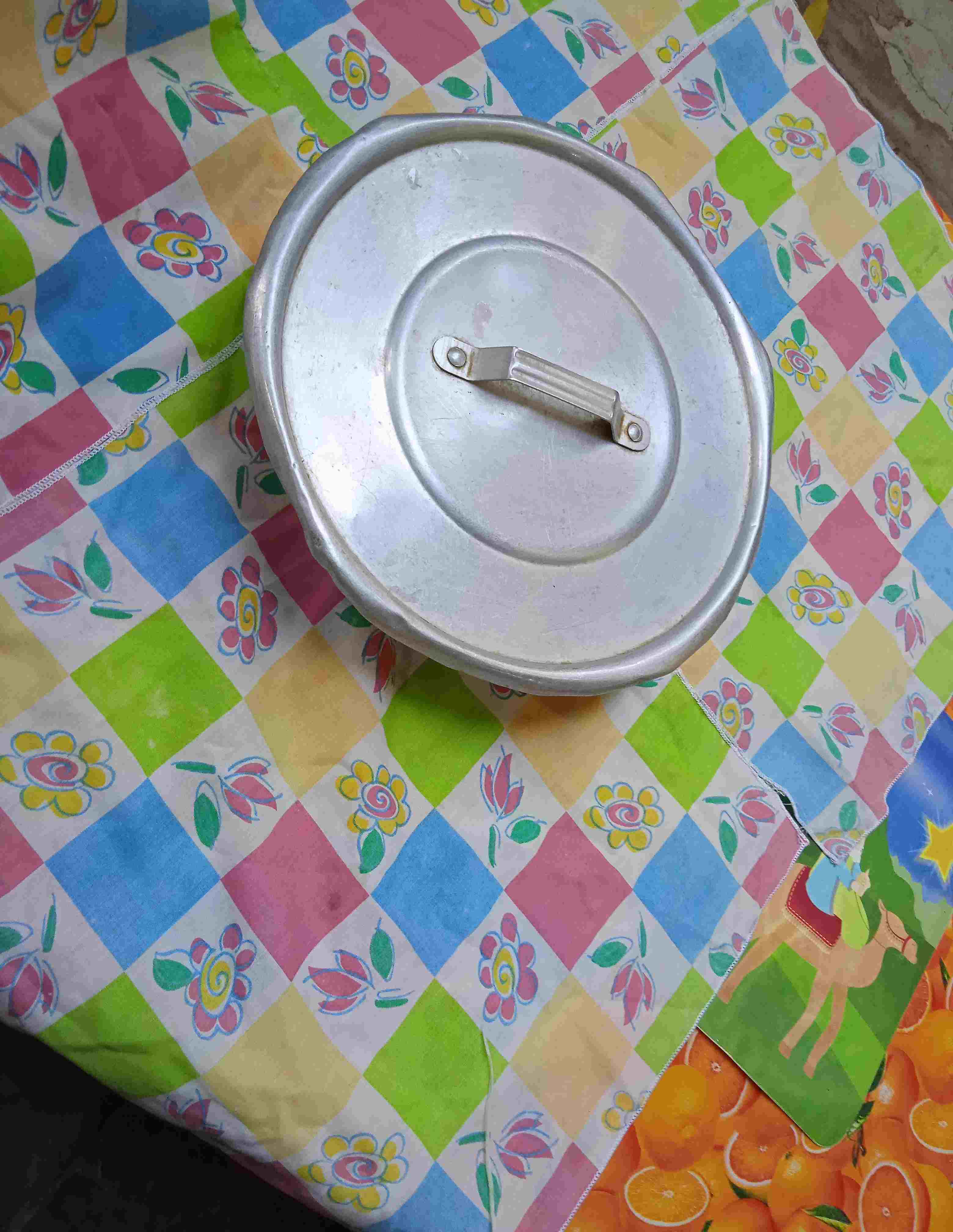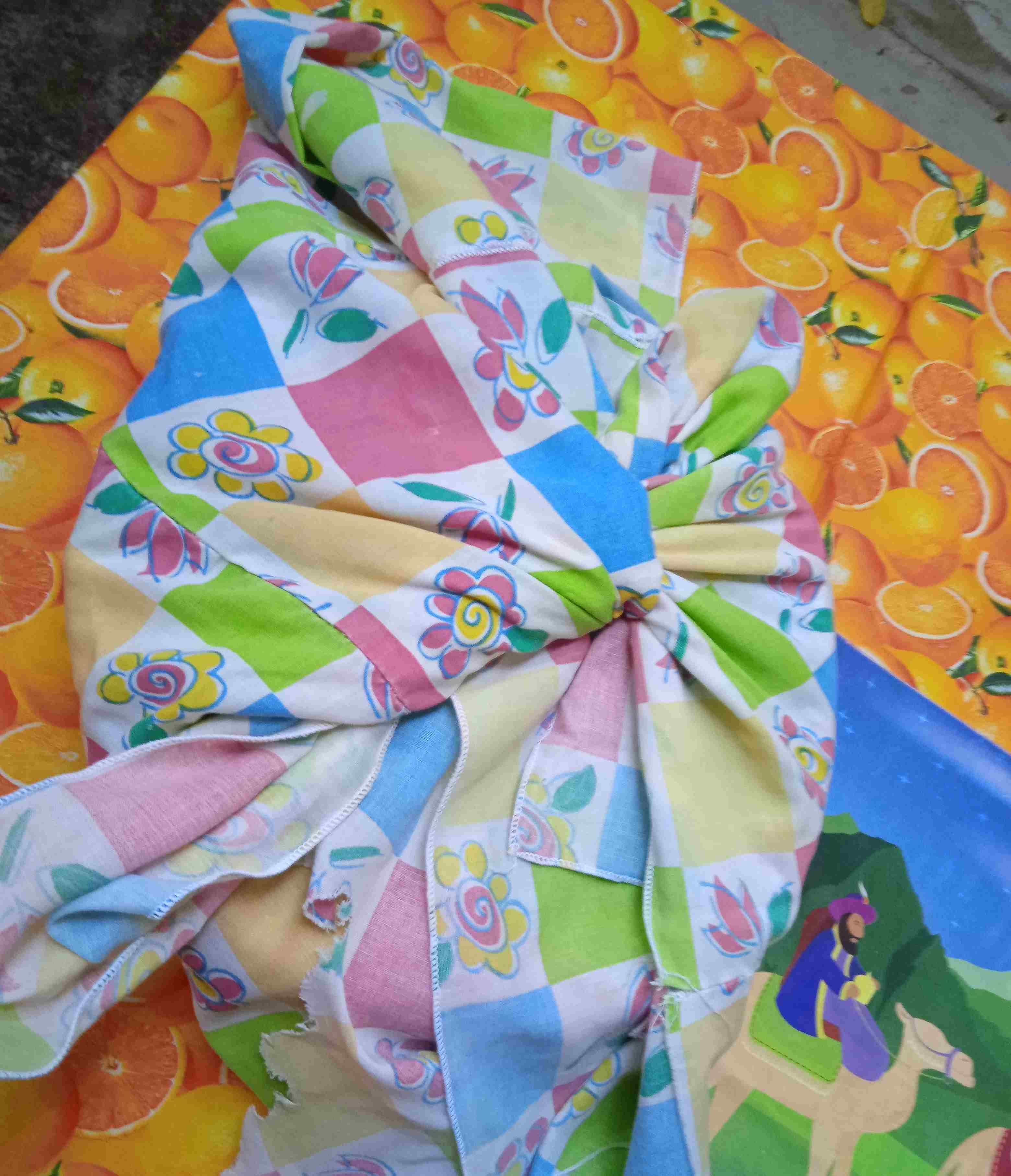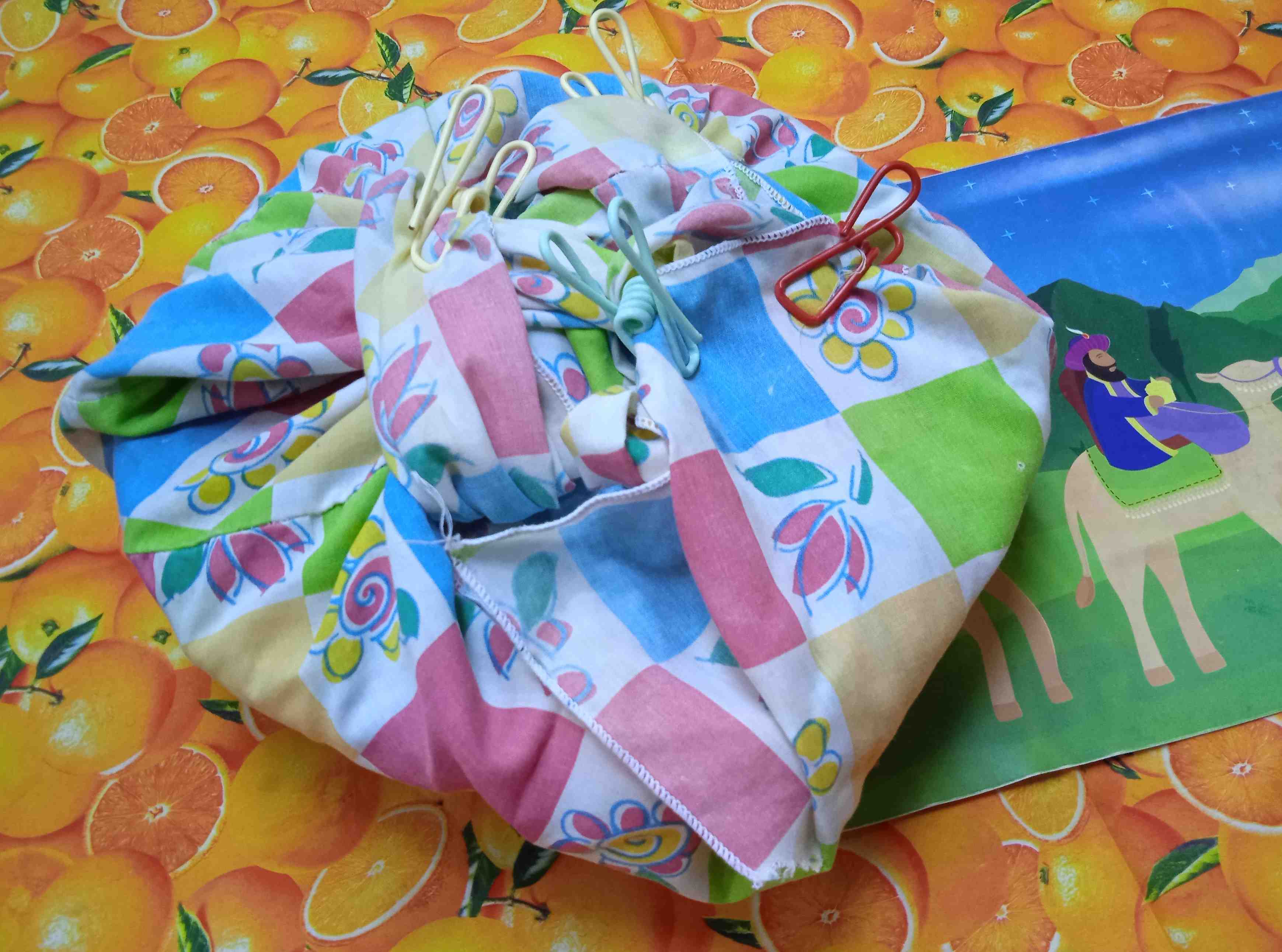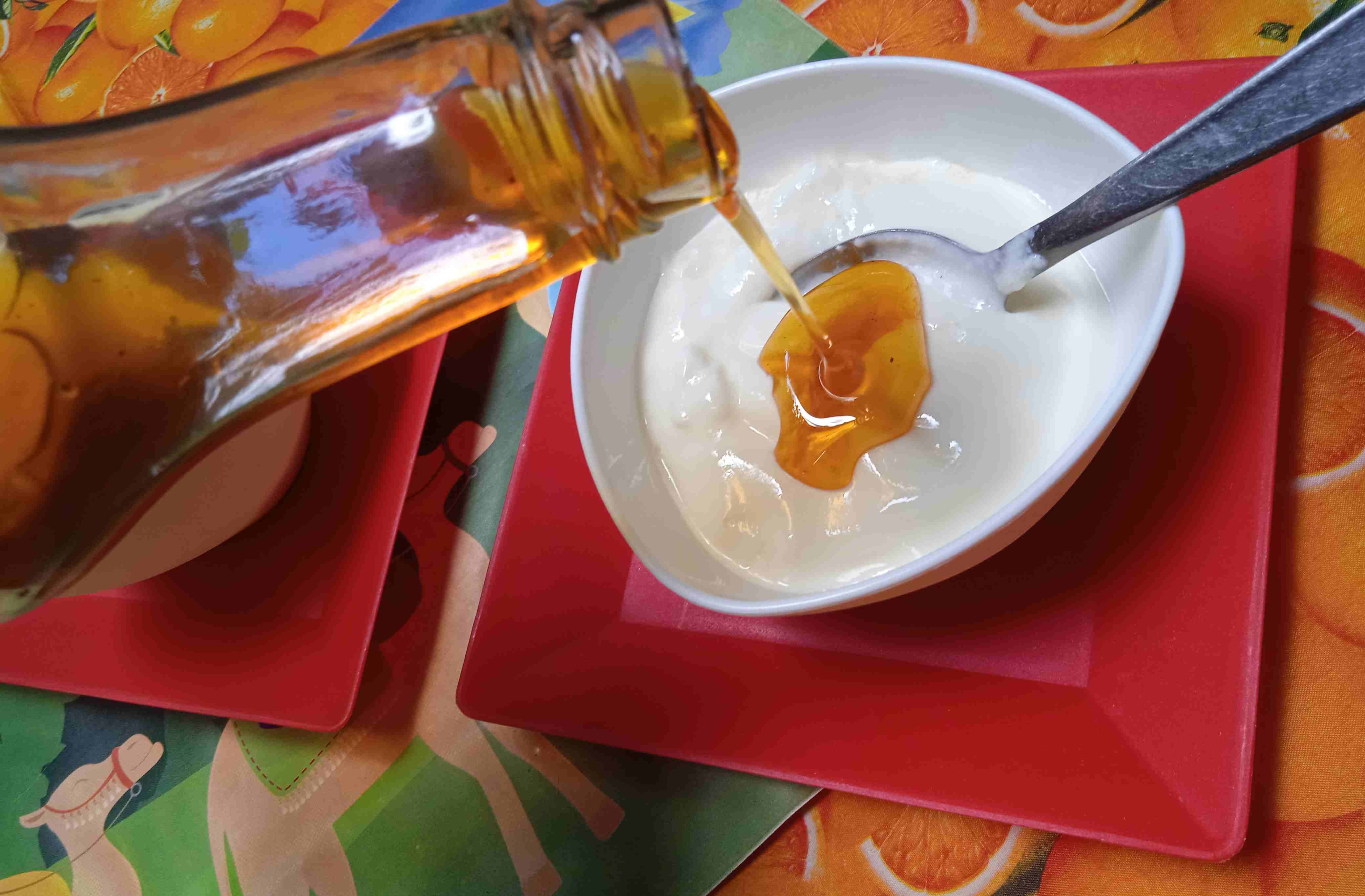
Greetings dear foodies, happy Sunday! Within the world of healthy eating, there are some foods that are very beneficial for the intestinal microbiota and, by extension, for health in general, and these are FERMENTED. Among the fermented foods there is a wide variety: Sauerkraut, cheeses, kombucha, tejuinos, caratos, ayran, whey, kefir, oxygala, yogurt, etc. and one of the best known and consumed worldwide is yogurt, that is why today I will share with you my recipe for HOMEMADE YOGURT, a very simple recipe, but one that brings back fond memories for me, and every Every time I do it it takes me back to my childhood.
> ¡Saludos queridos foodies, feliz domingo! Dentro del mundo de la alimentación sana, existen unos alimentos que son muy beneficiosos para la microbiota intestinal y, por extensión, para la salud en general, y estos son los FERMENTADOS. Dentro de los fermentados hay una amplia variedad: Chucrut, quesos, kombucha, tejuinos, caratos, ayran, suero, kéfir, oxygala, yogurt, etc. y uno de los más conocidos y consumidos a nivel mundial es el yogurt, por eso hoy les compartiré mi receta de YOGURT HECHO EN CASA, receta muy sencilla, pero que a mí me trae gratos recuerdos, y cada vez que la hago me remonta a mi infancia.

First I will give you a little context: I am Venezuelan, from a father and a mother. I was lucky enough to know two grandmothers and a grandfather (my grandfather Víctor, who I have already talked about in other posts); but I was not lucky enough to know my paternal grandfather, who died before I was born, however, life sometimes brings you adoptive grandparents, and that was my case, because I had a Yugoslavian grandfather, more specifically Croatian, a grandfather adoptive paternal father, my grandfather Marko, my grandfather Markovic.
> Primero les pondré un poco de contexto: Soy venezolana, de padre y madre. Tuve la suerte de conocer a dos abuelas y un abuelo (mi abuelo Víctor, de quien ya he hablado en otros posts); pero no tuve la suerte de conocer a mi abuelo paterno, quien murió antes de yo nacer, sin embargo, la vida a veces te trae abuelos adoptivos, y ese fue mi caso, pues yo tuve un abuelo yugoslavo, más específicamente croata, un abuelo paterno adoptivo, mi abuelo Marko, mi abuelo Markovic.

My grandfather Marko arrived in Venezuela at a time when my country was splendorous, kind, happy; at a time when these lands had open arms for decades, receiving immigrants from various parts of the world, including Europe. My grandfather had been fleeing from Tito's dictatorship, because being from a wealthy family, they were persecuted and imprisoned; and the assets that had already been in his family for generations were expropriated by the State. My grandfather's family had a sawmill and large areas of forests, which they lost with the arrival of that regime in their country. At that time, my grandfather had already studied Agricultural Engineering in Yugoslavia, so he decided to emigrate, to guarantee a better life for his wife and children. I don't know the exact year of its arrival, but I think it was after World War II, perhaps in the 1950s.
> Mi abuelo Marko llegó a Venezuela en un tiempo en que mi país era esplendoroso, amable, feliz; en una época en que estas tierras tenían décadas con los brazos abiertos, recibiendo inmigrantes de diversas partes del mundo, incluyendo Europa. Mi abuelo venía huyendo de la dictadura de Tito, pues siendo él de una familia adinerada, fueron perseguidos, encarcelados; y los bienes que ya tenían generaciones en su familia, fueron expropiados por el Estado. La familia de mi abuelo tenían un aserradero y grandes extensiones de bosques, que perdieron con la llegada de ese régimen a su país. En ese tiempo, mi abuelo ya había estudiado Ingeniería Agronómica en Yugoslavia, por lo que decidió emigrar, para garantizar una mejor vida para su esposa e hijos. No sé el año exacto de su llegada, pero creo que fue luego de la Segunda Guerra Mundial, quizás en la década de los 50.

As he had excellent academic preparation and experience in the area, he always had good jobs and quickly adapted to Venezuela, but his wife and children did not, they returned to Europe, specifically to Austria, and my grandfather was left alone here, without family. After a while, he coincided in a company with my father, who was also an Agricultural Engineer, and they forged a beautiful and long friendship, to the point that my brothers and I adopted him as a grandfather. I clearly remember that he visited us every 15 days or every week, depending on the volume of work, and it was beautiful to see him arrive, happy, happy, always with a bag of goodies, and always asking how we were, talking, laughing. The best of all was when he started cooking, because he and dad would get into the kitchen and make various dishes, and one of the things he taught us to do, well, he taught mom and dad, and then they us, it was YOGURT.
> Como él tenía una excelente preparación académica y experiencia en el área, siempre tuvo buenos trabajos y se adaptó rápidamente a Venezuela, pero su esposa e hijos no, ellos regresaron a Europa, específicamente a Austria, y mi abuelo se quedó solo aquí, sin familia. Luego de un tiempo, él coincidió en una empresa con mi padre, quien también era Ingeniero Agrónomo, y forjaron una bonita y larga amistad, al punto de que mis hermanos y yo lo adoptamos como abuelo. Recuerdo claramente que nos visitaba cada 15 días o cada semana, dependiendo del volumen de trabajo, y era hermoso verlo llegar, contento, feliz, siempre con una bolsa de golosinas, y siempre preguntando cómo estábamos, hablando, riendo. Lo mejor de todo era cuando él se ponía a cocinar, porque él y papá se metían en la cocina y hacían diversos platos, y una de las cosas que nos enseñó a hacer, bueno, le enseñó a papá y a mamá, y luego ellos a nosotros, fue el YOGURT.

He said that in his house in Yugoslavia there was always yogurt in the kitchen, which was a common food, like milk or coffee with milk in a Venezuelan kitchen, and he also said that it is very healthy, that by consuming yogurt every day, you could grow old strong and healthy; so, it was a habit that was acquired at home, although intermittently, just as I have also maintained it intermittently; However, recently I decided to resume its consumption and today I will tell you how to do it, you will see how simple it is. With that said, let's get to the recipe!
> Él decía que en su casa en Yugoslavia siempre había yogurt en la cocina, que era un alimento común, como sería la leche o el café con leche en una cocina venezolana, y también decía que era muy sano, que consumiendo yogurt todos los días, se podía envejecer fuerte y sano; entonces, fue un hábito que se adquirió en casa, aunque de forma intermitente, así como yo, también lo he mantenido de forma intermitente; sin embargo recientemente decidí retomar su consumo y hoy les diré cómo hacerlo, verán lo simple que es. Dicho esto, ¡vamos a la receta!
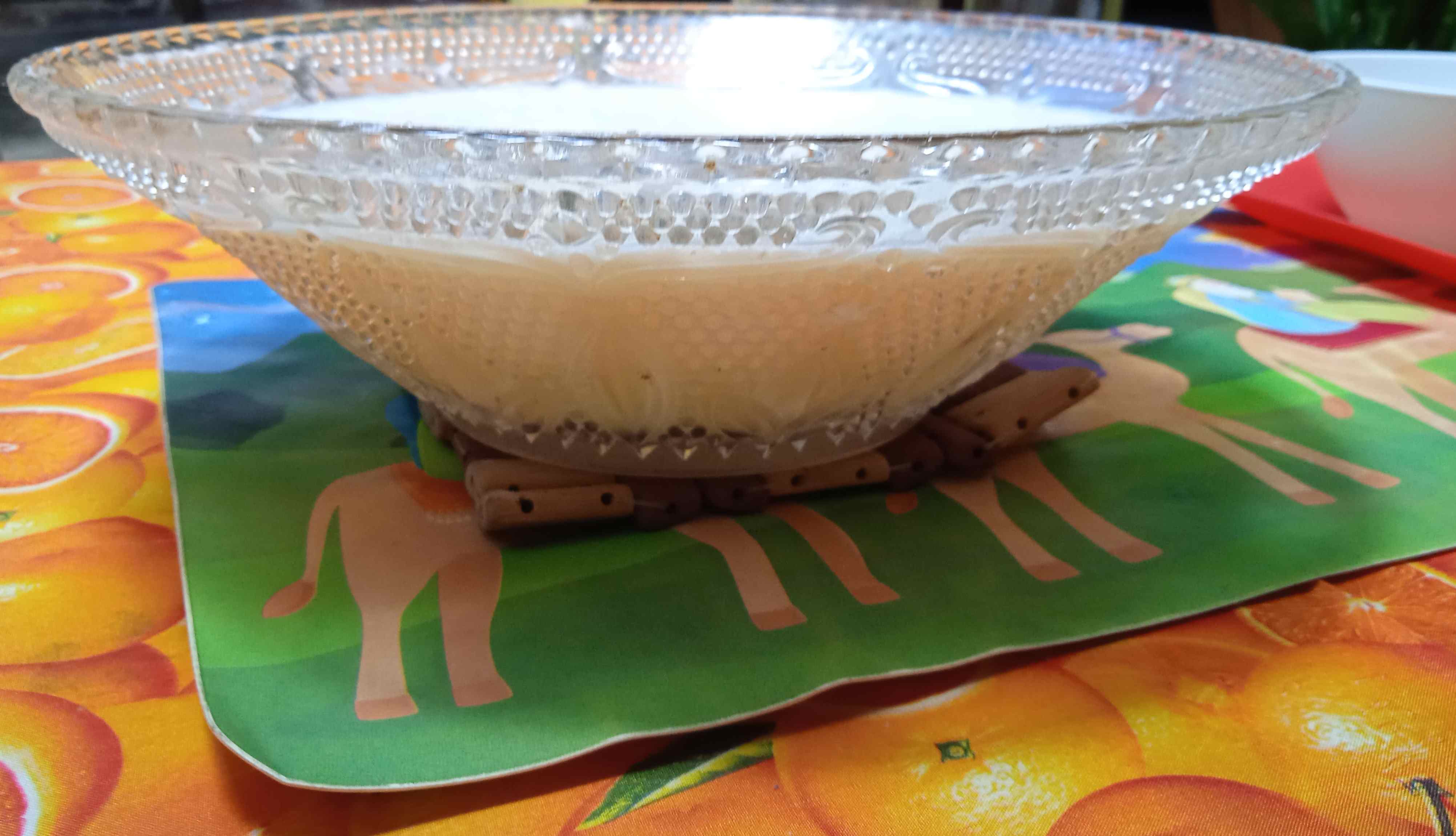

THE RECIPE / LA RECETA
-
Preparation time: This preparation is convenient to do from one day to the next, since the yogurt needs to rest undisturbed while it ferments, at least 8 hours, but its preparation itself, if you already have all the ingredients on hand , required only 5 minutes.
-
Servings: 1,150 ml of semi-solid yogurt.
I recommend making this recipe following the indicated quantities.
-
1 liter of boiled cow's milk (or made in boiled water), of good quality, although it can be made with goat or sheep's milk. Do not use pasteurized, skim, or lactose-free milk.
-
150 grams of firm yogurt.
-
Pot, blender, whisk, glass or stainless steel bowl, a large, clean cloth, cups, spoons, etc.
